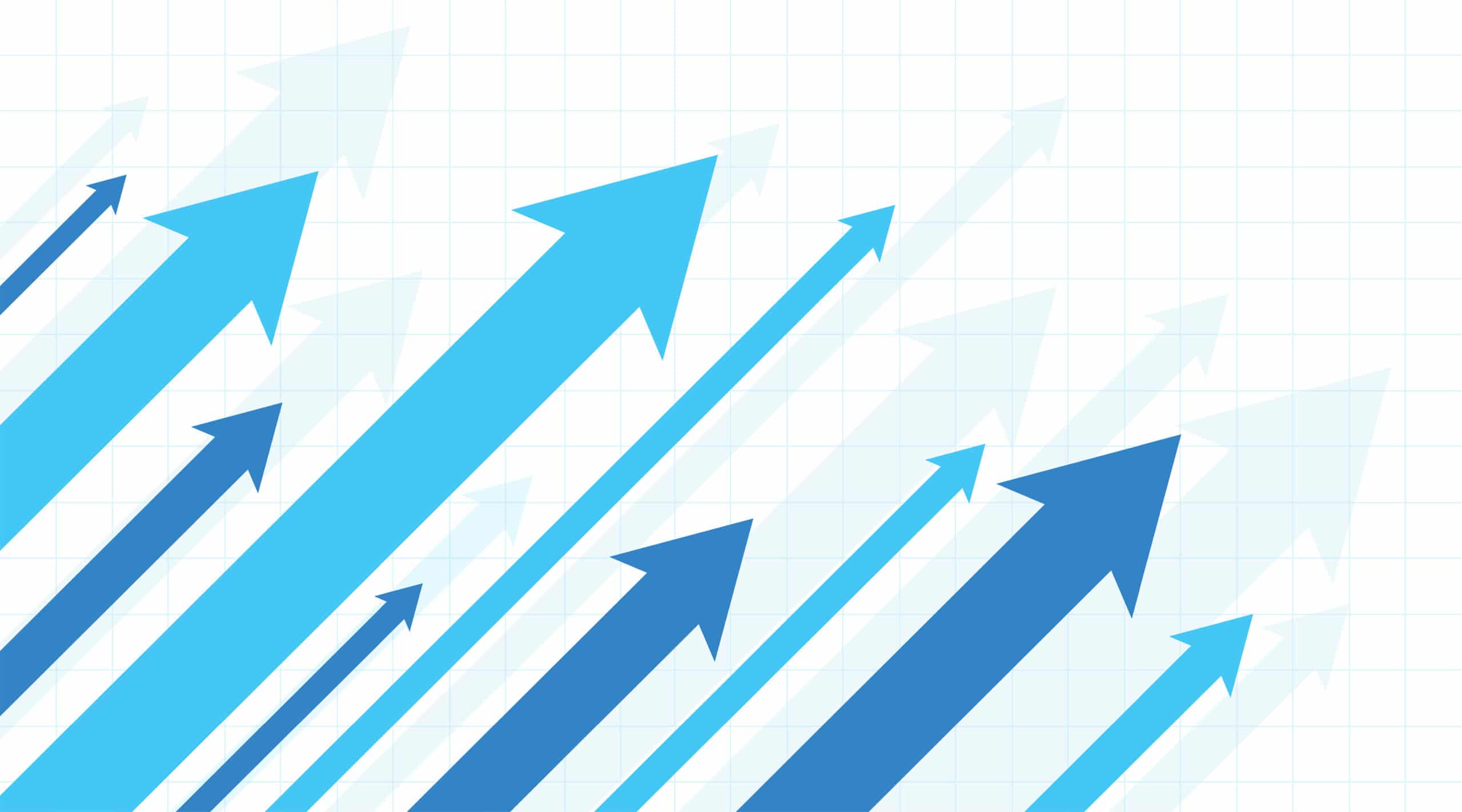If you did a side by side comparison of the leading PBM Annual Trend Reports you would be challenged to see much difference when compared to the 2019 reports recently published by CVS, Express Scripts and Prime Therapeutics. In the past these reports would run upwards of a hundred pages chock full of data and charts…. today we are lucky to get a dozen or so pages with watered down, executive level summaries. Our Alert unapologetically offers an even more watered down summary for your reading pleasure (at least it is a relatively fast read)…. and, we also include some provocative questions to ponder. We’ve also provided links to the three PBM reports below.
For most of the past decade, traditional drugs shrank to low single digit or negative trend rates. But specialty is now racking up lower than historic trend increases for a two key reasons.
- Utilization – It spiked in 2019…. but less than most years since 2010. We attribute that to the number of lives newly insured in 2019. Lots of people (especially uninsured / not eligible for Medicaid) took jobs offering health insurance last year. Also, a number of next generation / first-in-class therapies approved last year likely added new patients previously on non-specialty maintenance therapies. Although the numbers of patients may be low for these (mostly orphan) drugs, their average cost was significantly higher. It will be very interesting to see the impact of the Corona virus driven by job layoffs and disruption in healthcare access.
- Unit Cost – Specialty saw hefty unit cost increases for mostly new product launches in 2019. Conversely, 2019 saw one of the lowest price increase trends for established therapies over the past decade….. perhaps driven by manufacturers seeking to deflect congressional intervention, a hot topic last year.
What noteworthy items jumped out of these trend reports?
- First…. both ESI and CVS spotlighted their ‘tightly managed’ specialty programs. While granular details were not provided, the results were eye popping. For example, ESI touted a -5.2% (yes, a YoY reduction) for participating plans in their SaveonSP® specialty patient assistance solution (sounds almost philanthropic) program vs. 12.3% for nonparticipating plans! That’s huge. By comparison, CVS touted a specialty trend of +8.9% in their tightly managed program and 13.2% trend in their non-managed program. CVS took a big red pencil to their specialty formulary for 2019 and deleted a number of specialty products (they did that again for 2020).
- Second….. no information was provided related to rebates and how they are reflected – or not – in the published trend numbers.
- Third….. the reports suggested that plan member out-of-pocket contributions were at record lows. However, we’ve seen that these large plans have implemented copay accumulator and copay maximizer programs that essentially shift a lot of $$$s off the books. The amount of that $$ shift is a big unknown and may be sweetening the trend numbers.






